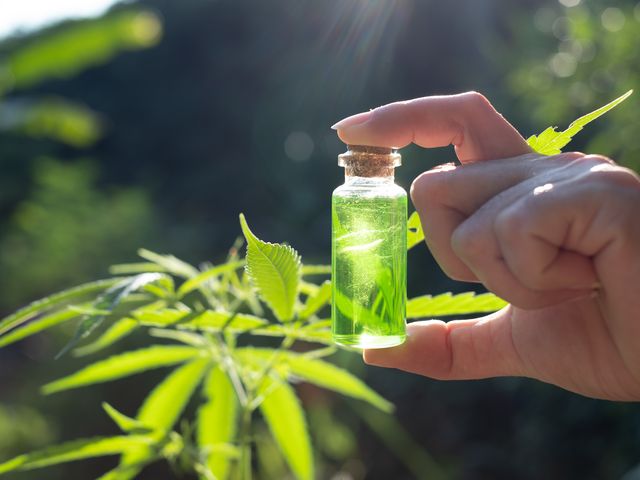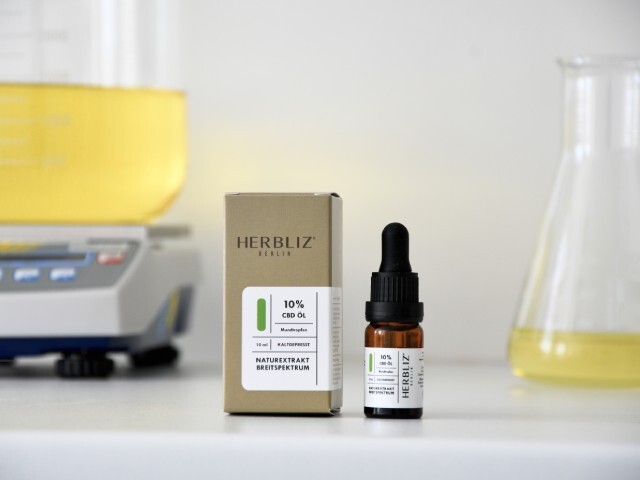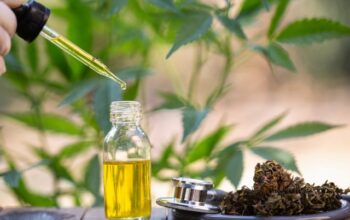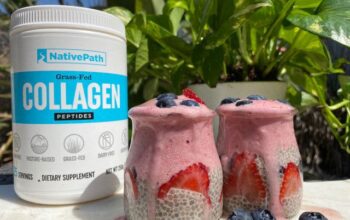The rising popularity of CBD (cannabidiol) has sparked numerous discussions about its safety and potential benefits, leading parents to question whether it’s safe for children. With CBD products available in various forms, from oils and gummies to topical creams, it’s essential to understand the implications of using CBD in pediatric populations. In this blog post, we will delve into the world of CBD and explore its safety, potential benefits, and considerations when it comes to using CBD for children.
Understanding CBD
CBD is a non-intoxicating compound found in the hemp plant, and it has gained significant attention for its potential therapeutic properties. Unlike its psychoactive cousin, THC (tetrahydrocannabinol), CBD does not produce the “high” associated with hemp use. Instead, it interacts with the body’s endocannabinoid system, which plays a crucial role in regulating various physiological processes.
The Endocannabinoid System
The endocannabinoid system is a complex network of receptors and signaling molecules that help regulate functions like pain perception, mood, appetite, sleep, and immune response. It is a critical part of the human body’s self-regulatory mechanisms, maintaining homeostasis, or balance, within the body. CBD is thought to influence this system, which has led to extensive research on its potential medical applications.
CBD for Pediatric Use: Is it Safe?
One of the primary concerns when it comes to using CBD for children is safety. Due to the limited research available, it is challenging to provide definitive answers. However, a growing body of evidence suggests that CBD may be safe for children when used responsibly and under the guidance of healthcare professionals.
Lack of Psychoactive Effects
CBD does not produce the psychoactive effects associated with THC. This means that children who use CBD products are not at risk of experiencing altered perception, mood changes, or other impairments associated with intoxication.
Minimal Side Effects
Although some individuals may experience mild side effects, such as drowsiness or changes in appetite, these effects are generally well-tolerated. Severe side effects are rare, but parents should be vigilant and monitor their children when introducing CBD into their routines.
Legal Status
CBD is legal in many countries and states, provided it contains less than 0.3% THC. This legal status ensures that parents can access and use CBD products safely and legally.
Quality Matters
The safety of CBD products depends on their quality. It’s crucial to choose high-quality CBD products from reputable manufacturers to ensure that they are free from contaminants and contain the amount of CBD they claim to have. Third-party lab testing and certification can help ensure product quality.
Potential Benefits of CBD for Children
Research into the therapeutic potential of CBD for children is still in its early stages, but several promising areas of application have emerged:
Epilepsy
One of the most well-documented uses of CBD in pediatrics is for the treatment of severe forms of childhood epilepsy, such as Dravet syndrome and Lennox-Gastaut syndrome. In fact, the FDA has approved a CBD-based medication called Epidiolex for these conditions.
Anxiety
Anxiety disorders are not limited to adults, and children can also experience anxiety-related issues. Some studies suggest that CBD may help alleviate symptoms of anxiety, but more research is needed to establish its effectiveness and safety in children.
Pain Management
CBD’s potential as a pain management tool is being explored in pediatric cases. It may be useful for children suffering from chronic pain conditions, but again, research is ongoing to determine the best dosages and application methods.
Sleep Disorders
CBD may also play a role in improving sleep patterns in children with sleep disorders or related conditions. Its calming effects could potentially help children fall asleep more easily and stay asleep longer.

Considerations for CBD Use in Children
When considering CBD for pediatric use, it’s essential to keep several factors in mind:
Consult a Healthcare Professional
Before starting any CBD regimen for your child, consult with a healthcare professional, ideally one with experience in pediatric CBD use. They can help determine if CBD is a suitable option and provide guidance on dosages and monitoring.
Start with Low Doses
If a healthcare professional recommends CBD, start with a low dosage and monitor your child’s response. Gradually increase the dosage if necessary and under professional guidance.
Monitor for Side Effects
Pay close attention to any side effects your child may experience and communicate these to your healthcare provider. This will help them make necessary adjustments to the treatment plan.
Quality Assurance
Choose high-quality CBD products from reputable manufacturers. Look for third-party lab testing and certificates of analysis to ensure product safety and purity. If you found this article interesting about CBD, it is very likely you will enjoy further reading at SnoStl.
Conclusion
CBD is a complex and promising compound that has garnered significant attention for its potential therapeutic benefits, including in pediatric populations. While there are indications that CBD may be safe for children when used responsibly and under professional guidance, more research is needed to establish its efficacy and safety conclusively. Parents should approach CBD use for their children with caution, always consult with healthcare professionals, and prioritize product quality and safety. Ultimately, as our understanding of CBD and its pediatric applications grows, we may be able to better harness its potential for the well-being of our children.




